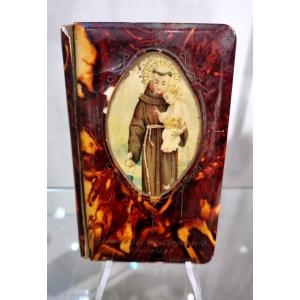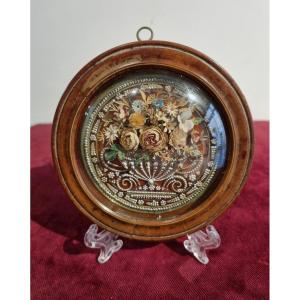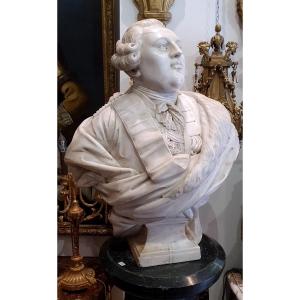You can probably think of the most famous ones… the one by Botticelli and the one by Canova first. Yet the three embraced girls have very ancient origins, over two thousand years of history!
Called by the Greeks Charites, they were daughters of Zeus and the nymph Eurynome and were three goddesses bearers of joy and beauty. Their names were Aglaia (“splendour”), Eufrosine (“joy and happiness”) and Thalia (“prosperity”); they presided over banquets and dances, accompanied Aphrodite and Eros, the deities of love, and with the muses they danced for the gods to the sound of Apollo’s lyre.
With Neoclassicism, the three Graces had a second rebirth. And on the other hand, what is Neoclassicism if not the re-proposal of the subjects and style of ancient Greece? In the frantic search for ideal beauty, the three goddesses returned to the center of attention of all the major artists of the time.
Memorable sculptures are made by Antonio Canova, James Pradier and Bertel Thorvaldsen. The classic poses return, although with interesting variations: Canova, for example, arranges the girls so that none of them has their backs turned to the observer and all three embrace each other tightly, almost becoming one.
This sculpture is probably by a Florentine artist, therefore Italian. The base is contemporary, on a pedestal decorated with palmettes, nails, acanthus leaves and flowers.
A sculptural group to study
Tuscany, Italy, first half of the nineteenth century
















































 Le Magazine de PROANTIC
Le Magazine de PROANTIC TRÉSORS Magazine
TRÉSORS Magazine Rivista Artiquariato
Rivista Artiquariato